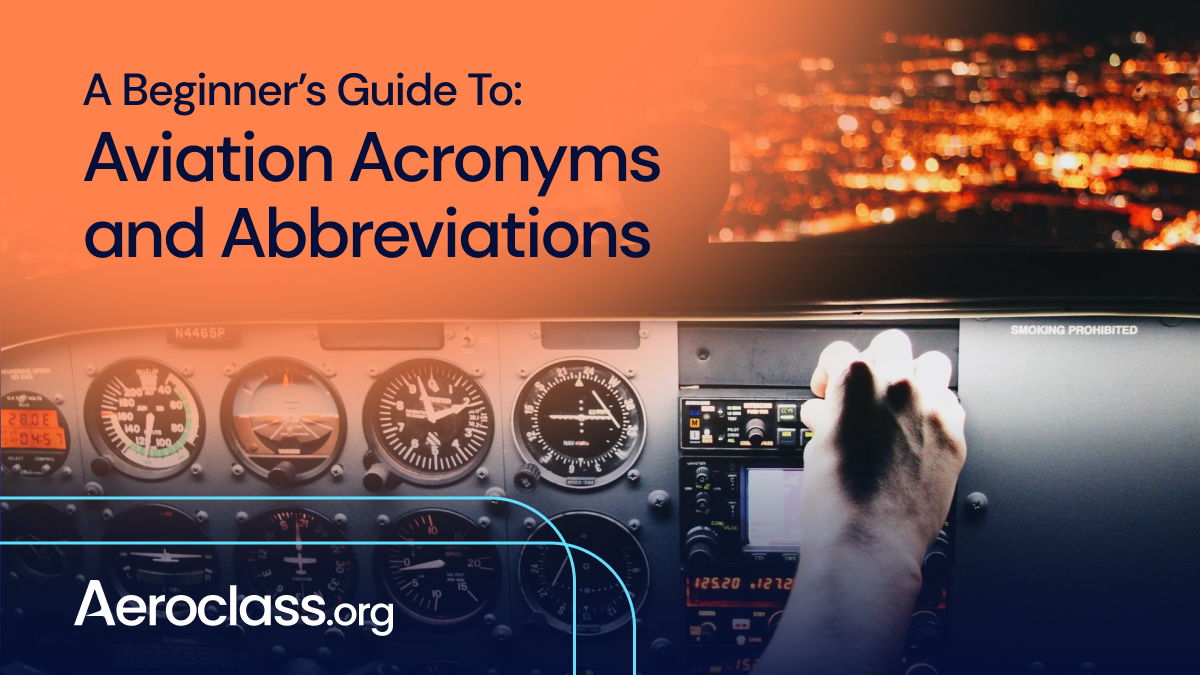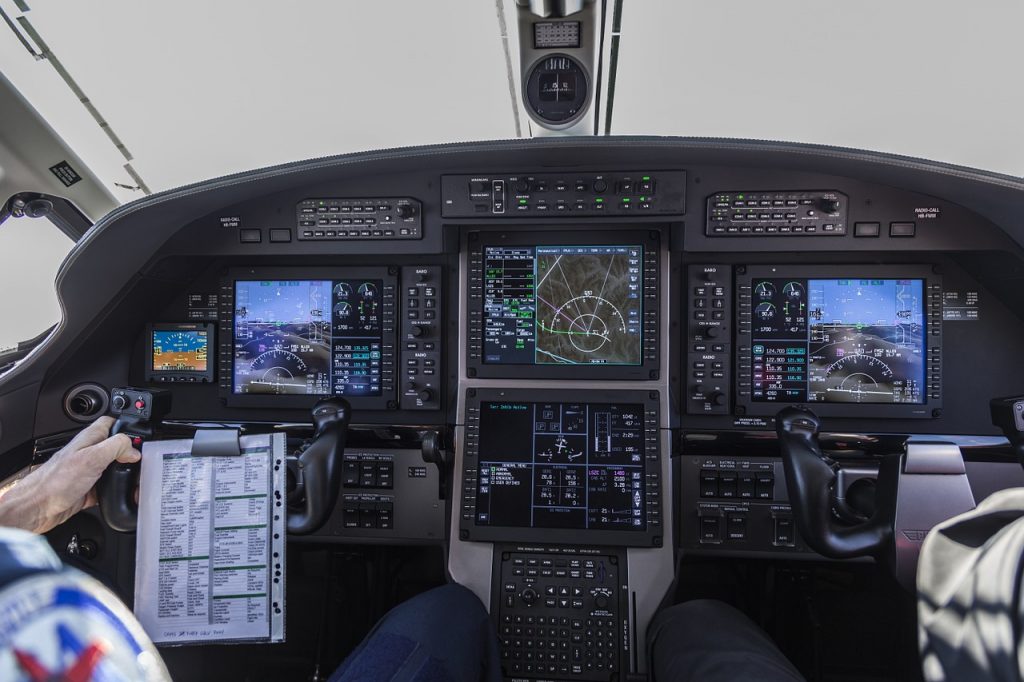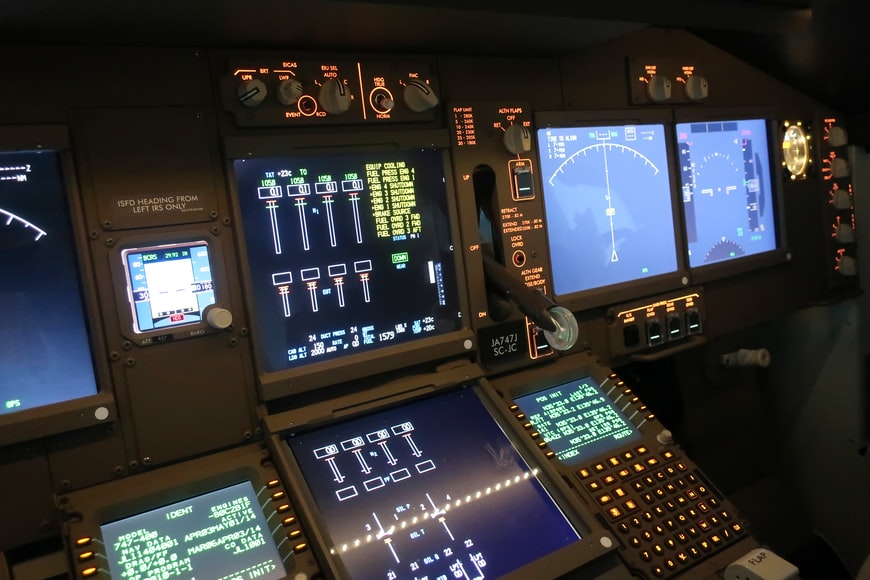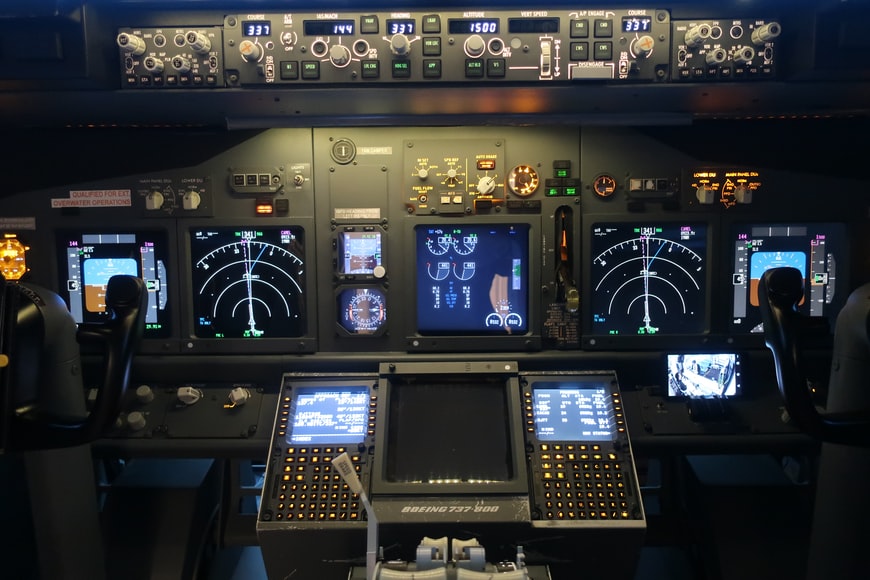The Paramount Importance of Safety Management in Aviation
Other · 3 min read
Whether you are planning a trip or just dreaming of one, check our recommendations for the best airlines to fly to Japan!

Below is an extract from the CVR (Cockpit Voice Recorder) transcript of the well-known landing on the Hudson River, US Airways Flight 1549. By any chance, if you find the acronyms such as FWC and QRH a little confusing, we got you covered: this article is tailor-made for people like you.
15:27:23.2 HOT-1 my aircraft.
15:27:24 HOT-2 your aircraft.
15:27:24.4 FWC [sound of single chime]
15:27:25 CAM [sound similar to electrical noise from engine igniters begins]
15:27:26.5 FWC priority left. [auto callout from the FWC. this occurs when the sidestick priority button is activated on the Captain’s sidestick]
15:27:26.5 FWC [sound of single chime]
15:27:28 CAM [sound similar to electrical noise from engine igniters ends]
15:27:28 HOT-1 get the QRH… [Quick Reference Handbook] loss of thrust on both engines.
Most importantly, this article covers more ground on the aviation-related acronyms in a broader context to revamp the knowledge of everyone, including the tier of conversant audience.
The simple answer is to get rid of the complicated jargon. In usual aviation duties, pilots encounter hundreds if not thousands of aviation abbreviations in a single flight. One of the heavily used acronyms is ATC, which stands for Air Traffic Control. Pilots simply spell three letters ‘ATC’ rather than speaking out all the denoted words.
Another example is Automatic Terminal Information Service, and the acronym ATIS is used to reduce the effort and confusion during the communication. It is quite obvious that the entire term takes more time than the acronym as the acronym comes in handy amidst emergency procedures when each second is precious for the pilots.

Acronyms are used within the aviation industry in every setting: military, general, and civil. No authority has undertaken the responsibility of handling aviation abbreviations, but Federal Aviation Administration (FAA) has presented a list of aviation abbreviations and acronyms on their website for reference.
The below list provides you with the most common acronyms used in the world of aviation:
With the development and introduction of novel technologies into the aviation industry and aircraft systems, new abbreviations are introduced as well. The introduction of Fly-By-Wire (FBW) into the aircraft architecture and utilization of a data link to enhance aircraft communication between the pilot and ATC introduced a whole new set of abbreviations. Here is a list of relatively new aviation abbreviations added to the industry.
ADS-B – Automatic Dependent Surveillance-Broadcast:
ADS-B is a novel technology developed to improve aircraft surveillance. With the usage of Secondary Surveillance Radar (SSR), ATC can locate an aircraft without sending an interrogation signal. Airborne aircraft utilize the ADS-B concept to identify intruders and to mitigate collision threats by feeding ADSB-B information into the Traffic Collision Avoidance System (TCAS).
ATIS – Automatic Terminal Information Service
As the name implies, pilots are given the opportunity to listen to an automatic broadcasted aural message giving out crucial information about the airport: weather, active runways, Notice to Airmen (NOTAM), and many more. This reduces the workload of air traffic controllers and grants access to readily available information for the pilots.
FMS – Flight Management System
Controls the Auto Pilot (AP) of the aircraft by generating optimum steering commands based on the flight plan, operational database, and inputs from various aircraft sensors.
GPS – Global Positioning System
Pinpoints aircraft location with the help of GPS satellites.
TCAS – Traffic Collision Avoidance System
Identifies intruders to alleviate collision threats by issuing aural warnings and vertical correction maneuvers (Traffic Advisory and Resolution Advisory -TA & RA).
There is a set of aviation abbreviations denoting terms related to the time:

Just like other organizations, aviation-related organizations are also popularly addressed by their abbreviations.
Aviation is an industry that sticks to a plethora of operational procedures (e.g. the pilot in command performing a pre-flight check, maintenance personnel operating a piece of equipment, or ATC granting take-off clearance) have to be done according to a specific procedure mentioned in relevant documents.
In aviation, some of those procedures have been boiled to mnemonics for the ease of memorizing.
This abbreviation defines the required documents onboard before each flight.
Defines the basic elements pilot has to mention on their safety briefing to ensure the safety of passengers such as wearing seat belts and when to wear them.
The IMSAFE checklist helps the pilot to run a self-assessment to verify his\her fitness for the flight.

Apart from the aforementioned mnemonics, the following listed ones are also used in various settings.
AV1ATE – Ensures the airworthiness of the aircraft by checking various onboard equipment and inspection intervals.
NW CRAFT – Aspects pilots have to be aware of before each flight.
A TOMATO FLAME – Required equipment for daytime VFR flight.
FLAPS – Required equipment for nighttime VFR flight.
It is always good to be familiar with aviation abbreviations as they mitigate the complexity and improve conformity. With that said, if someone is trying to memorize all the acronyms by heart in the aviation industry, it is cumbersome and useless. Having a fair bit of understanding will get the job done!